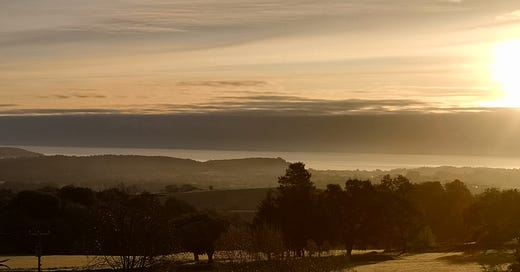Dawlish Park - LettsSafari's First Safari Park
This extraordinary eco safari park is inspiring a movement toward smaller-scale rewilding
Dawlish Park is LettsSafari’s first rewilding safari park, which was announced when we launched LettsSafari +. It is a 75 acre park at LettsSafari’s centre for rewilding in Mamhead Park, on the outskirts of Exeter. This special place is a model for rewilding safari parks and has achieved a number of firsts. Today the eco park removes around 75 tonnes of…
Keep reading with a 7-day free trial
Subscribe to LettsSafari+ to keep reading this post and get 7 days of free access to the full post archives.




